{Day 7} Project Squirrel: Be a Citizen Scientist!
Fall has arrived in all of it's glory. This is our favorite season of the year!
This week we are studying and observing squirrels, learning about tree identification, and taking fall color walks in our science and nature studies.
Our local Anderson University campus is a lovely place for nature walks. The AU campus has numerous walking paths, a variety of deciduous and coniferous trees, flowers, and foliage which are starting to turn their brilliant fall colors.
The children love to visit the fountain when we take nature walks.
You can sit on one of the many benches on the campus and sketch or write in a nature journal. The squirrels are busy as can be this time a year and offer plenty of activity to observe.
The squirrels are scurrying around the campus, finding nuts, and burying them in the mulch.
As you walk through the campus, you can hear the squirrels chattering noisily overhead.
We plan to take a few more fall walks at AU this season to work on nature projects:
Oak Tree and Fall Color Walk @ Handbook of Nature Study
Paper Bag Nature Journals @ Spell Outloud
In our home, we like to maintain a balance between planned studies and allowing the children's interests to develop organically as influenced by their natural environment. For our homeschool science studies, we have a few core texts and resources that we selected to work through all year. However, we leave plenty of room to embrace flexibility!
We plan room in our schedule for "nature studies" each day. This is an area that we do not plan out fully in advance, other than following the monthly Outdoor Hour Challenges at the Handbook of Nature Study. The rhythm of the seasons offer new explorations and adventures for us to enjoy. For example, the children noticed that since fall has arrived, many squirrels are using our front yard to bury their nuts. This led us to wonder and explore several questions we had in mind:
Do you enjoy observing squirrels? Your family can be Citizen Scientists too!
You can observe the squirrels at your home, a park, public spaces, or any place that you may find squirrels making their homes. It is a simple process to report data at Project Squirrel.
If you are interested in studying squirrels, here is a link to my Thematic Unit Study: Squirrels board on Pinterest. Enjoy!
This post is part of a series: 31 Days of Nature Study for Young Naturalists. You can find all of the daily posts linked on the introductory page. I hope you will continue to join us for this journey through October!
This week we are studying and observing squirrels, learning about tree identification, and taking fall color walks in our science and nature studies.
Our local Anderson University campus is a lovely place for nature walks. The AU campus has numerous walking paths, a variety of deciduous and coniferous trees, flowers, and foliage which are starting to turn their brilliant fall colors.
The children love to visit the fountain when we take nature walks.
You can sit on one of the many benches on the campus and sketch or write in a nature journal. The squirrels are busy as can be this time a year and offer plenty of activity to observe.
The squirrels are scurrying around the campus, finding nuts, and burying them in the mulch.
As you walk through the campus, you can hear the squirrels chattering noisily overhead.
We plan to take a few more fall walks at AU this season to work on nature projects:
Oak Tree and Fall Color Walk @ Handbook of Nature Study
Paper Bag Nature Journals @ Spell Outloud
In our home, we like to maintain a balance between planned studies and allowing the children's interests to develop organically as influenced by their natural environment. For our homeschool science studies, we have a few core texts and resources that we selected to work through all year. However, we leave plenty of room to embrace flexibility!
We plan room in our schedule for "nature studies" each day. This is an area that we do not plan out fully in advance, other than following the monthly Outdoor Hour Challenges at the Handbook of Nature Study. The rhythm of the seasons offer new explorations and adventures for us to enjoy. For example, the children noticed that since fall has arrived, many squirrels are using our front yard to bury their nuts. This led us to wonder and explore several questions we had in mind:
- What type of trees do we have in our front lawn? (This led to a tree identification lesson.)
- Do we have nut-bearing trees? (No, we do not. We have seed-bearing trees.)
- Where are the squirrels collecting their nuts? (The neighbor's Oak and Black Walnut trees.)
- What type of squirrels do we have? (Fox Squirrels)
Do you enjoy observing squirrels? Your family can be Citizen Scientists too!
You can observe the squirrels at your home, a park, public spaces, or any place that you may find squirrels making their homes. It is a simple process to report data at Project Squirrel.
If you are interested in studying squirrels, here is a link to my Thematic Unit Study: Squirrels board on Pinterest. Enjoy!
This post is part of a series: 31 Days of Nature Study for Young Naturalists. You can find all of the daily posts linked on the introductory page. I hope you will continue to join us for this journey through October!

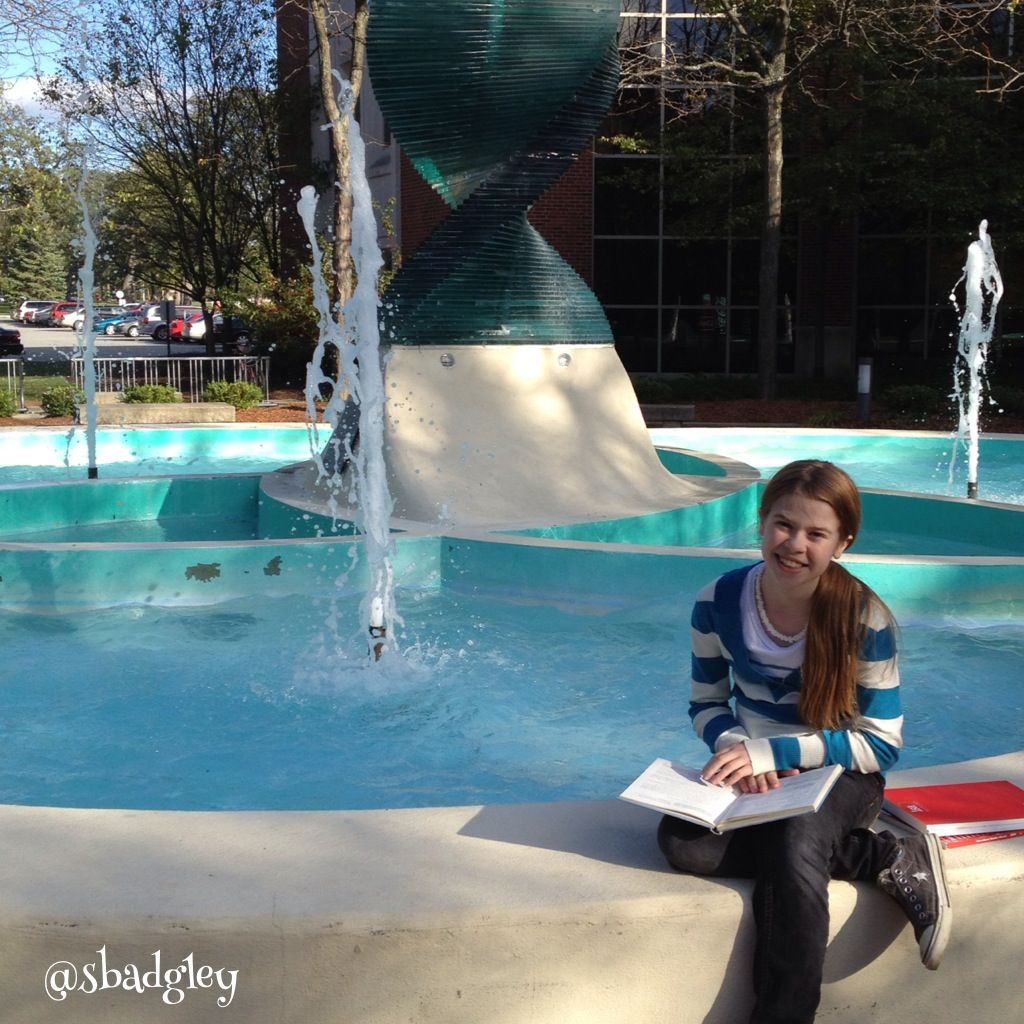
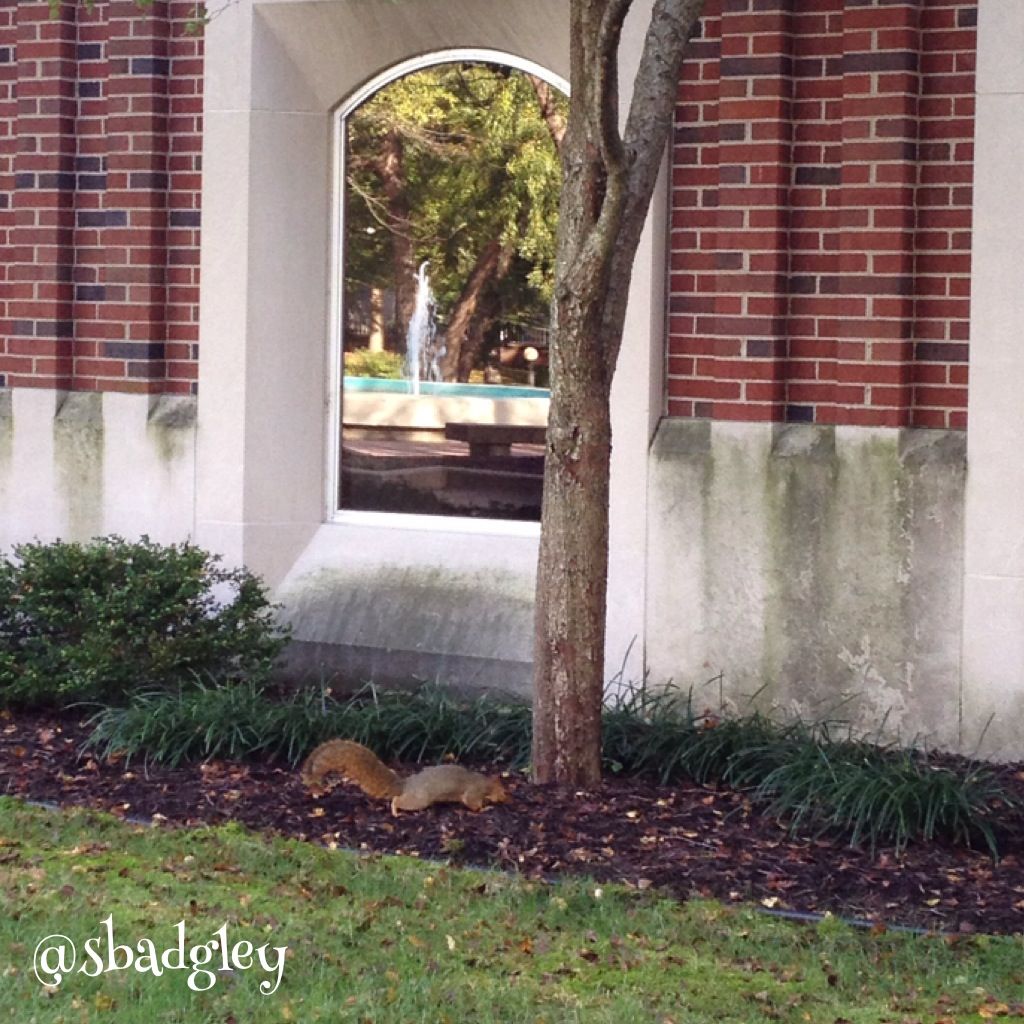
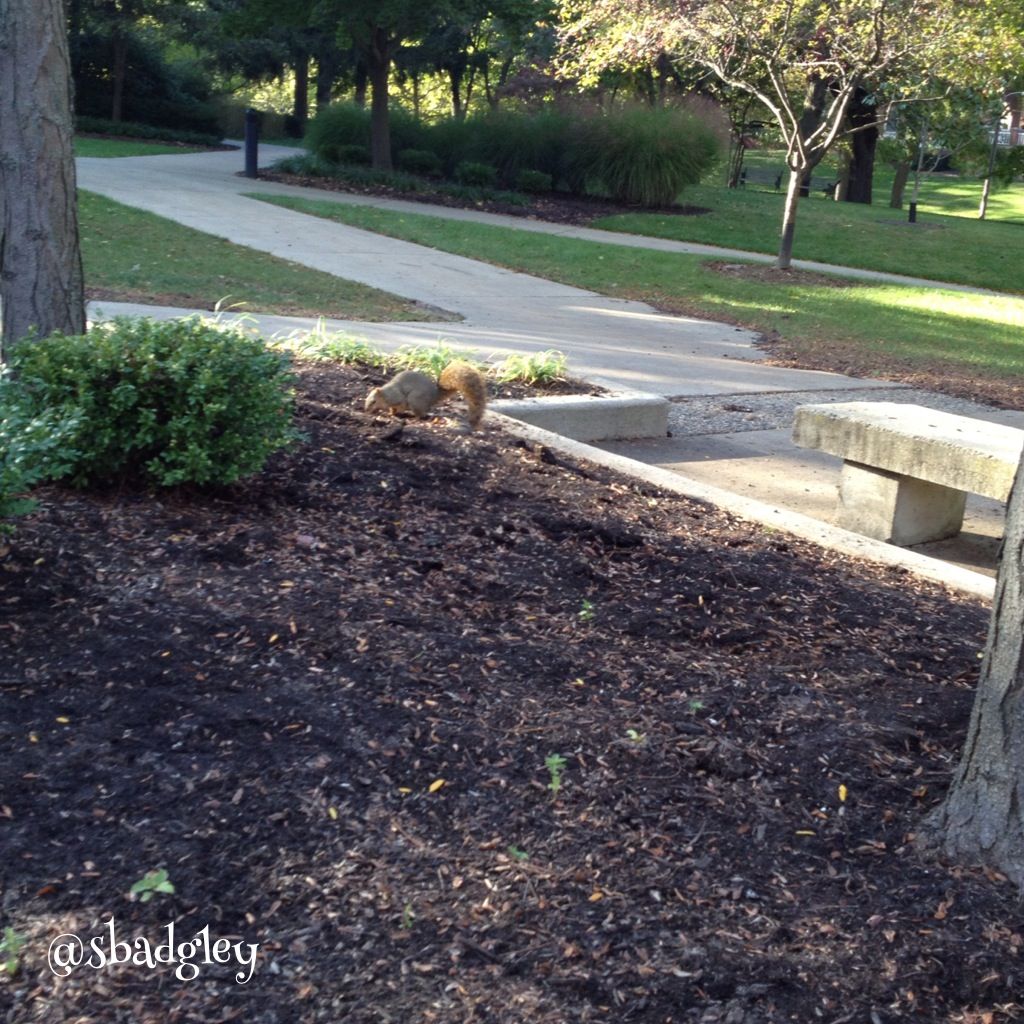
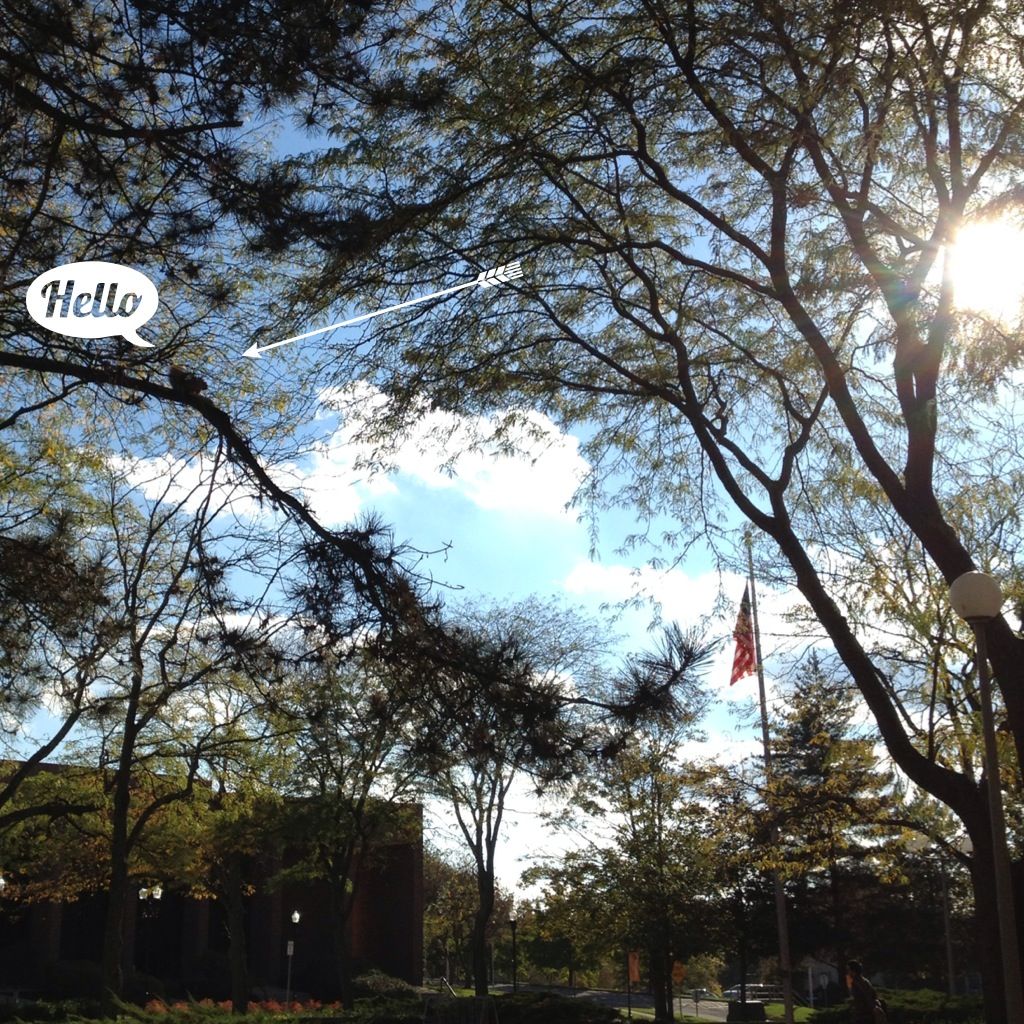
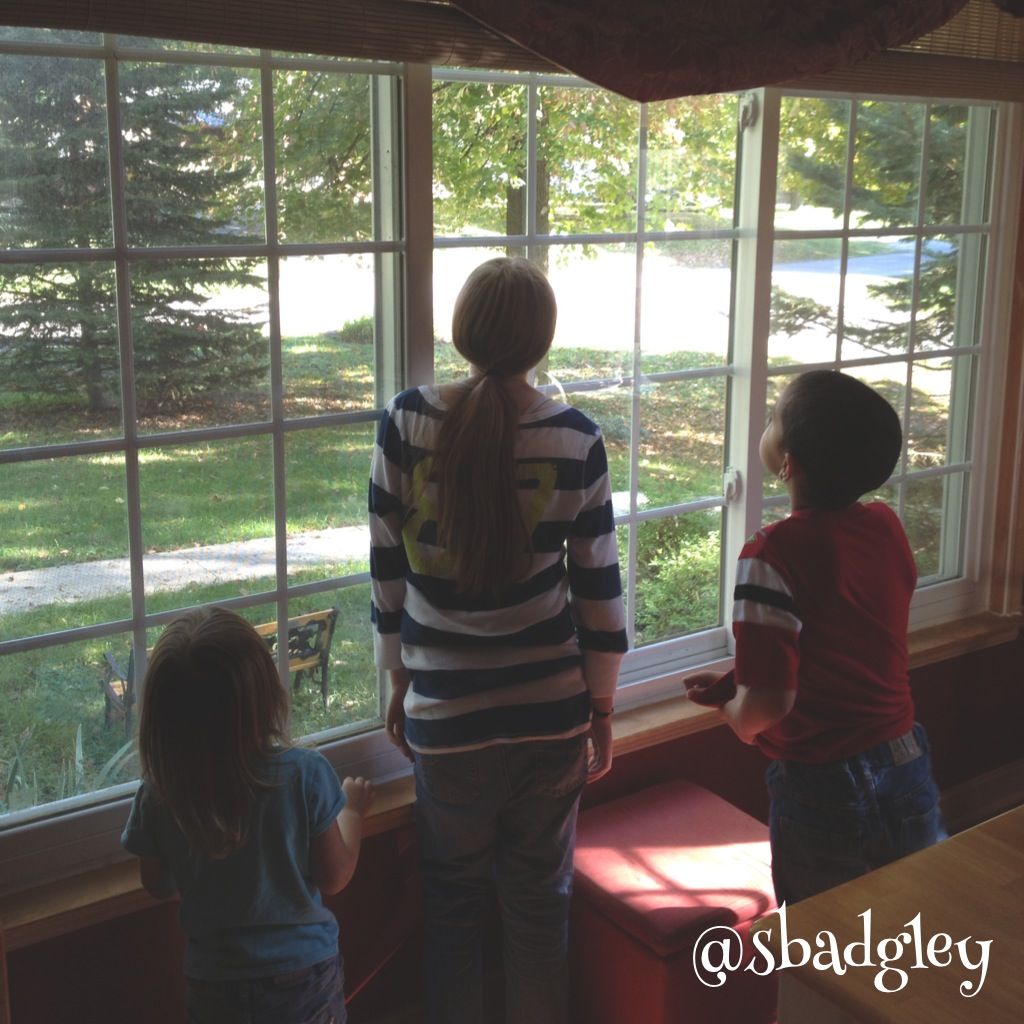
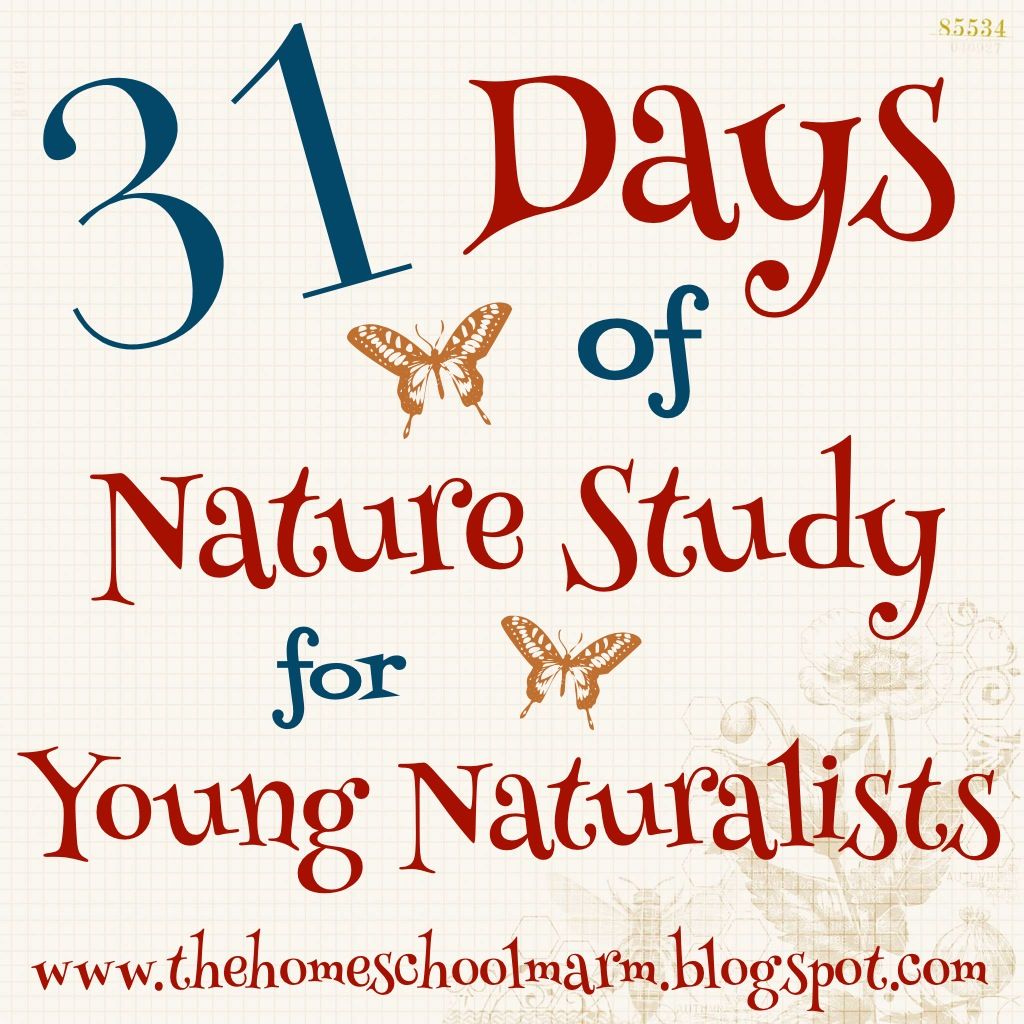

Comments